Spacecraft Materials Kit
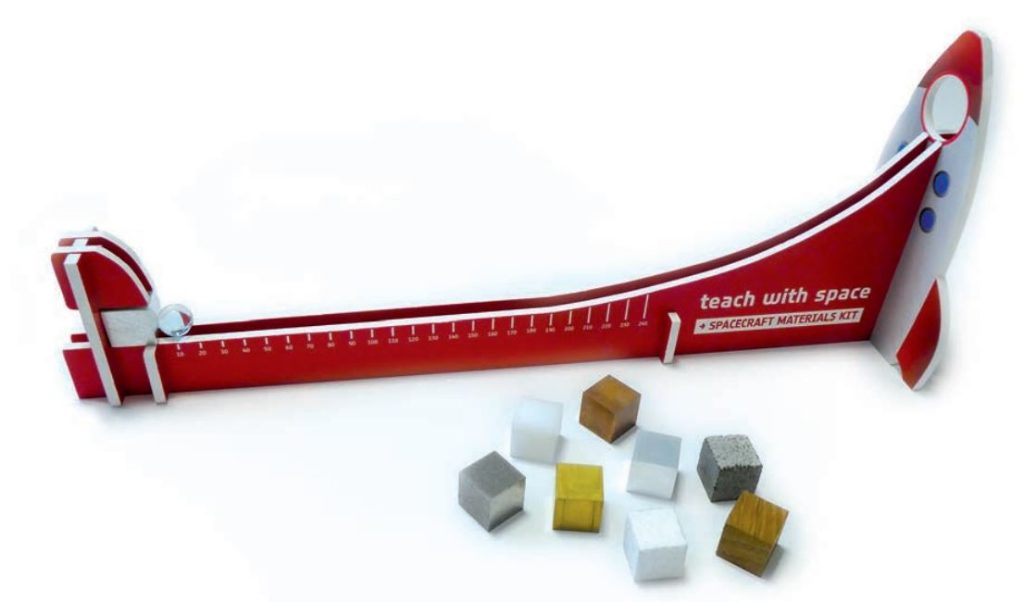
Brief description: Pupils can use the ESA Spacecraft Materials Kit to experimentally investigate a variety of different materials. A set of five activities enables pupils to get acquainted with the properties of different materials, comparing and grouping everyday materials based on: electrical conductivity, thermal conductivity, mass, magnetism, and resistance to impact. Pupils will consider which materials are best […]
Extracting Water from Lunar Soil – Learning about filtration and distillation
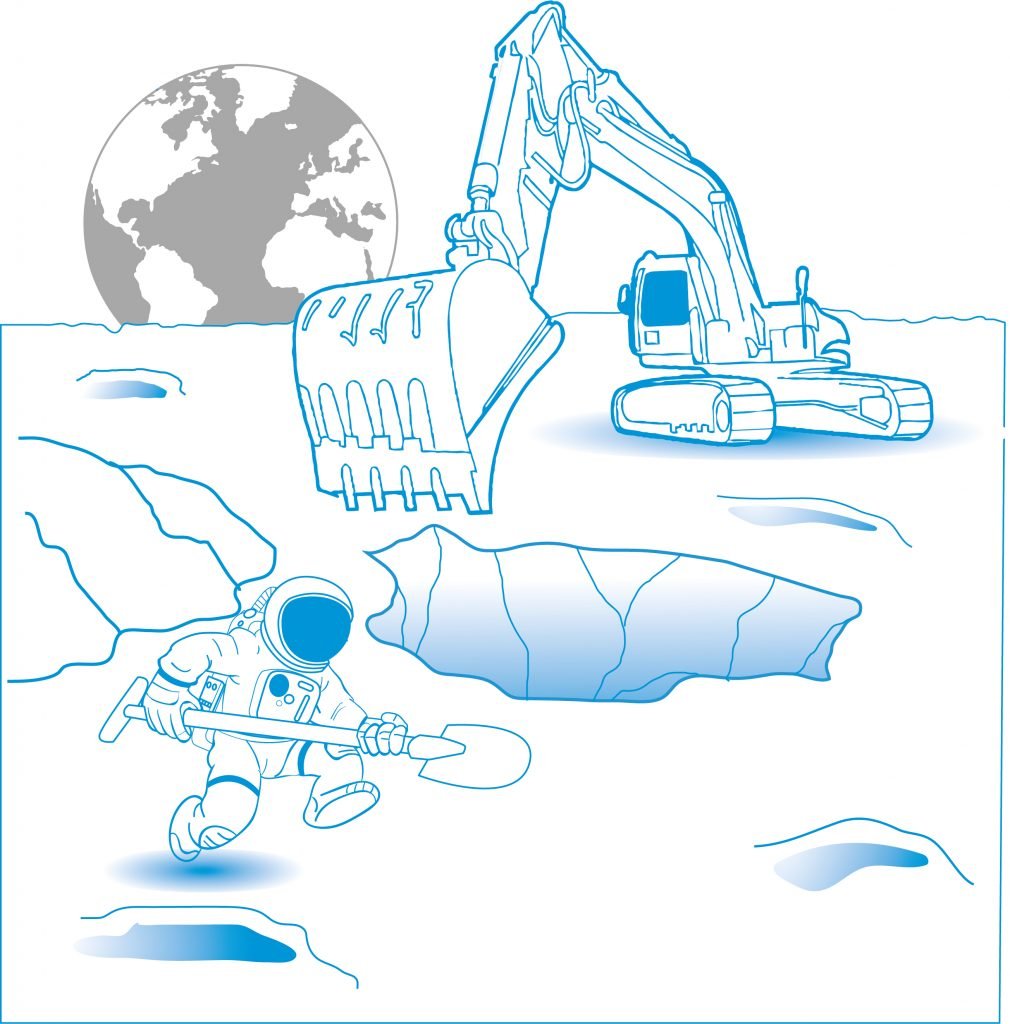
Brief description: In this resource, students will learn about changes of state of matter using water on the Moon as an example. They will interpret data from a pressure vs. temperature graph for water to enable a discussion about how changes of state are different on the Moon compared to what we are used to […]
Power from Water – How to produce oxygen and hydrogen on the Moon
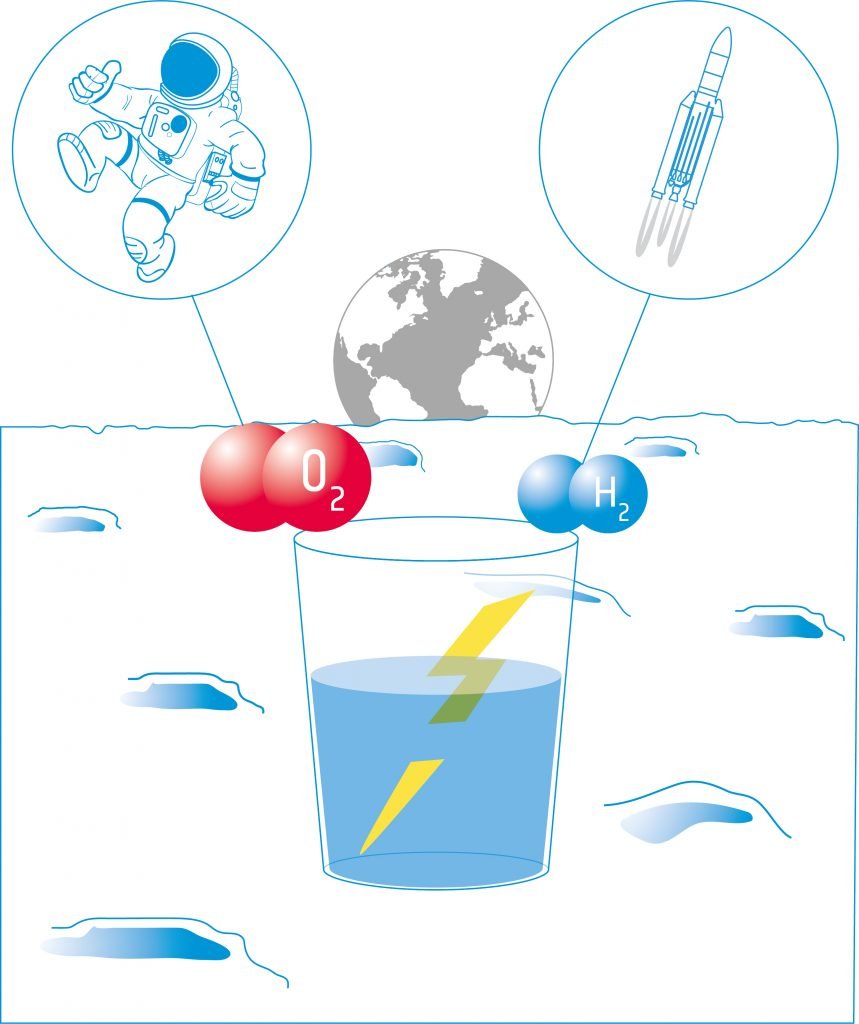
Brief description: In this set of three activities, students will learn about electrochemistry. In the first activity, they will build a voltaic pile – a simple battery. This invention marked the beginning of electrochemistry. Students will then study electrolysis. Electrolysis uses electric current to split water into its components: hydrogen and oxygen. These products can […]
Landing on the moon – Planning and designing a lunar lander
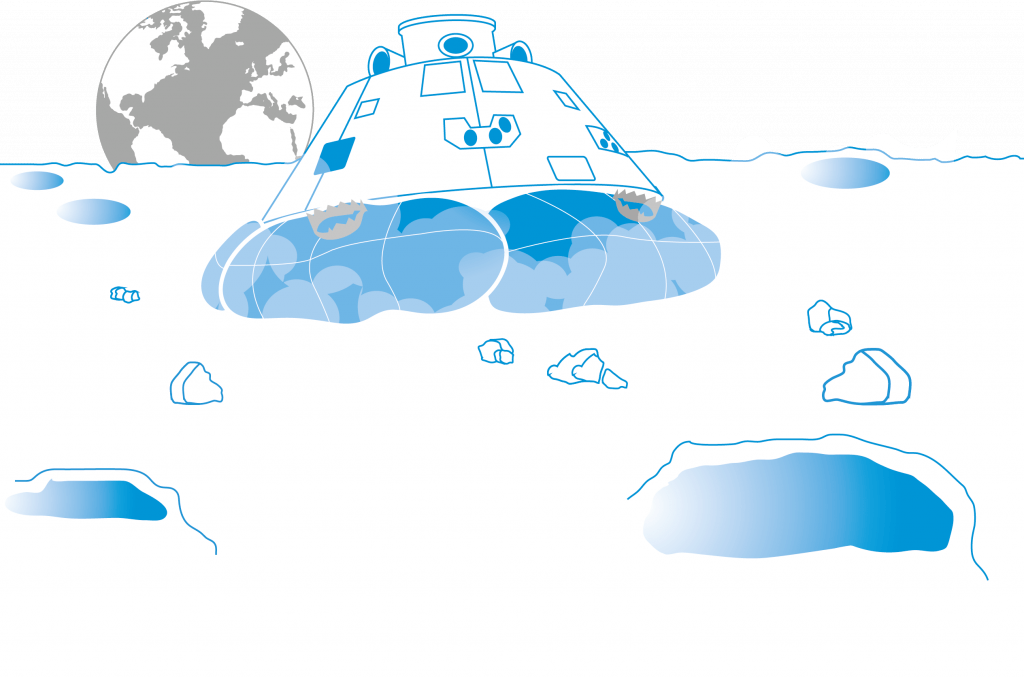
Brief description: In this set of activities, students will plan, design and build a landing module to secure the survival of the crew (in the form of an egg-naut) landing on the Moon. They will explore which factors should be considered when landing on the Moon, in comparison to landing on Earth. In the design […]
Power from Sunlight – Powering space exploration with solar energy

Brief description: In this set of activities, students will learn about two concepts that influence solar panel design for space missions: the inverse square law and the angle of incidence. Students will perform two simple investigations using a photovoltaic cell (solar cell) and a light source. First, they will measure how the power produced by […]
Moon Rover – Building a solar powered rover

Brief description: In this activity, students will compare the advantages and disadvantages of renewable energy sources and non-renewable energy sources and study simple electrical circuits. Using the Moon as context, students will build a small motor and a solar cell. They will also identify the main features their rover must have in order to go […]

